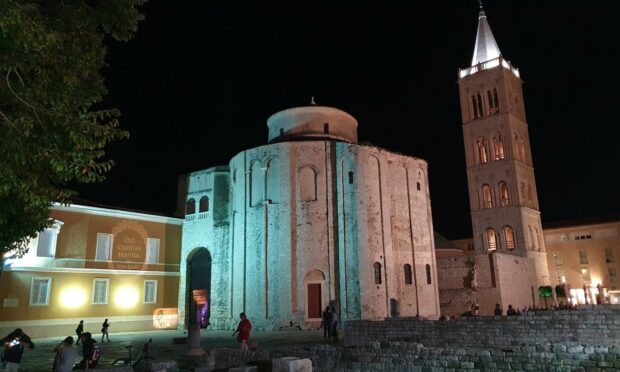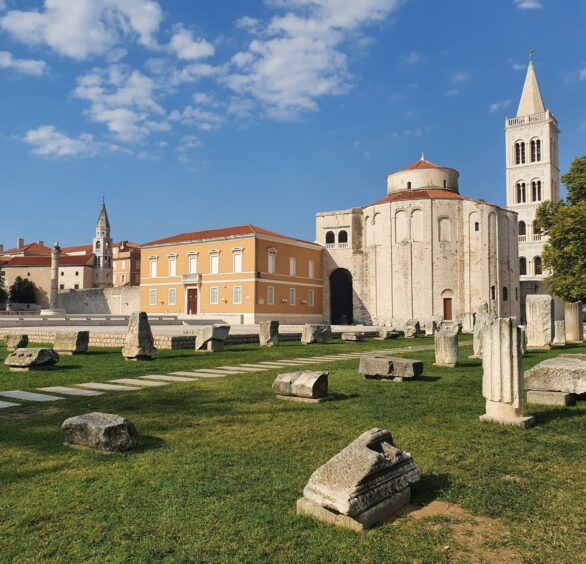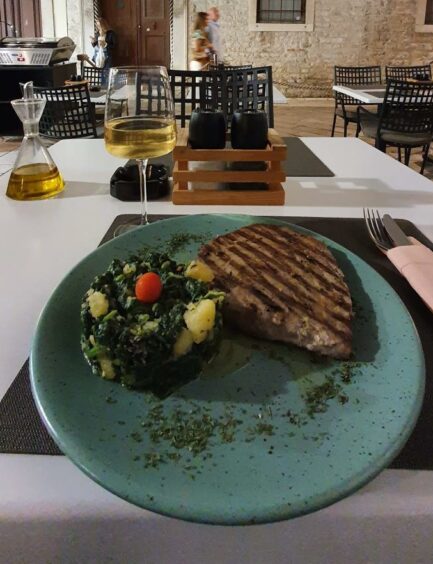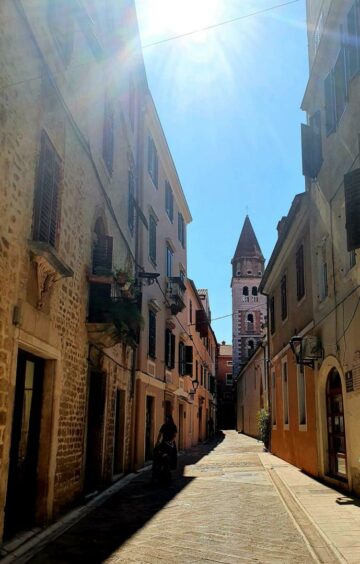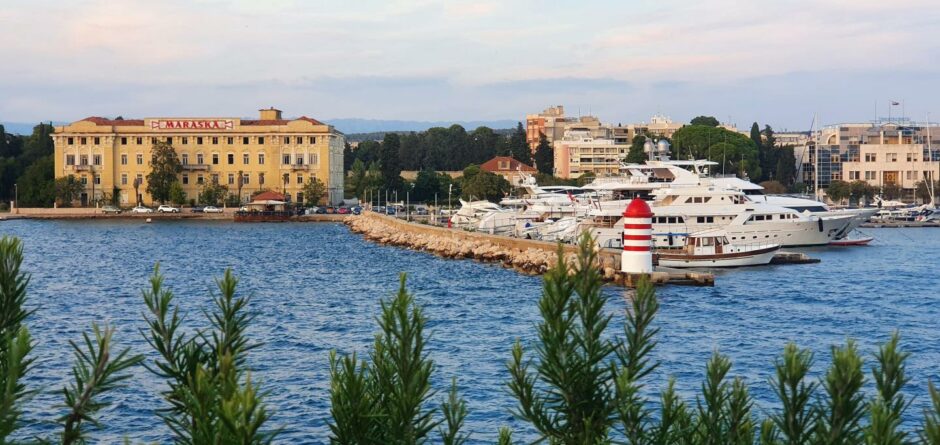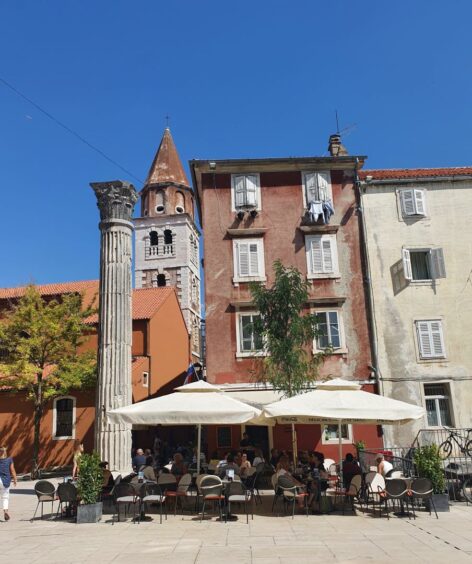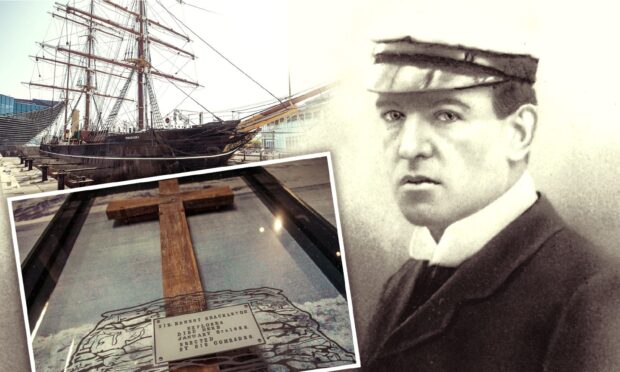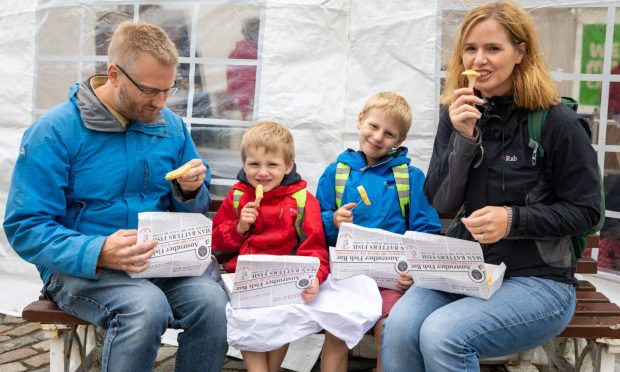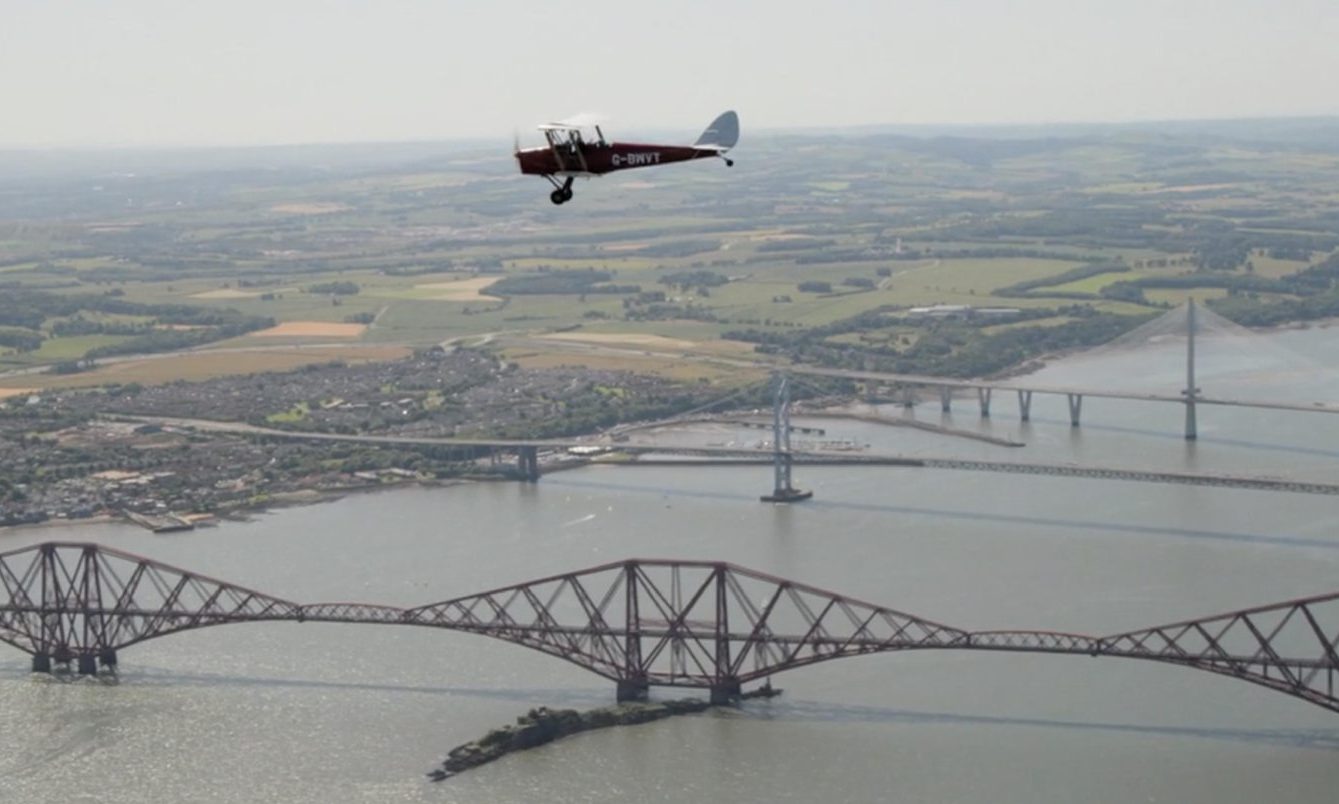We’re all looking for the new holiday hotspot – that place we discover before the crowds.
When the budget airlines open up new routes, it’s a sign that a destination is regarded as the big thing.
So, Zadar? Is it the next Dubrovnik or even Spilt?
Well, for the traveller who combines confirmed history geek with dedicated sun seeker, with no desire to spend days on the beach, there can be few destinations to rival Zadar.
The recent history in this part of the world is more complex than most.
Huge changes in a short time
Let’s not even look at the Dalmatian coast; Zadar alone could fill volumes with just the changes that have happened over the past century.
This isn’t a history lesson, but a quick gallop through the past 100 years or so shows why this is a destination that offers more than long sunny days and high temperatures.
Starting the 20th Century as part of the Austro-Hungarian empire, the city was occupied by Italy after the First World War and, following various treaties, it was handed to the Italians and became known as Zara.
In 1921 Italians outnumbered Croatians by almost nine to one – and the Croatian language was banned.
During the Second World, Zadar was destroyed, some estimates say by 80%, during a year of Allied bombing.
It became known as the Dresden of the Adriatic and after the war needed to be rebuilt from the ground.
Marshal Josep Tito and his partisans retook the country in 1944 and Zadar once again became part of Croatia, which became a state in Yugoslavia, a Communist country that didn’t align with the Soviet Union.
That lasted until the Homeland Wars of the early 1990s when Croatia became an independent country.
There endeth the lesson, but it’s an important one in getting under the skin of a city that feels remarkably relaxed, considering all that’s gone before.
Food and architecture
It has architecture from every period, including the hastily assembled housing required in the aftermath of the war, known locally as “Tito’s houses” .
The food on offer is mainly European, with the speciality Dalmatian tuna steaks on practically every menu offering local cuisine.
The Italian influence is strong too and this is probably the best option for vegetarians and vegans.
In the Old Town at least, there’s not a lot of fast food on offer, but it’s good quality and fresh. You’ll never go short of ice-cream or freshly grilled corn on the cob, which is sold from street carts.
There is some rather unusual street seating, particularly in the area around the ninth-century Church of St Donatus.
If the “benches” look like Roman ruins that’s because they are.
This area was the Roman Forum, built from the 1st to 3rd Century BC, and was only discovered when the rubble was cleared following the Allied bombings.
The forum area leads down to the promenade and the view across the Adriatic to a string of islands.
If you think you’re hearing things as you stroll along the prom, don’t worry. That spectral sound is the Sea Organ.
At the steps at the end of the peninsula, Croatian architect Nikola Bašić created a series of pipes within the steps, which play haunting music as the waves hit the pipes and form harmonic sounds.
If you take a stroll at night, you’ll also see brightly coloured lights near the Sea Organ. This is also the work of Bašić.
This Greeting to the Sun use hundreds of solar plates to soak up the sun by day and by night it provides a multi-coloured light show.
16th Century town walls
The walls encircling Zadar’s Old Town joined the UNESCO World Heritage family in 2017.
They were built in the 16th Century when it was the largest city-fortress in the Republic of Venice and they make entering and leaving it feel rather theatrical.
Across the bridge, and at the far end of the harbour, the town has more shops and restaurants but feels much more like “living in Zadar” rather than holidaying in Zadar.
Within the Old Town there’s also a traditional local market, the perfect place to get provisions for self-caterers or for a picnic at the Forum.
You can see the changes coming. For example, the Maraska factory, which is an icon of Zadar and produces its cherry liqueur, celebrated its 200th anniversary this year.
So, is it the new place to go?
But it’s been bought by the Hyatt group to become a five-star hotel. It sits on the waterfront, opposite the new town, and at least will maintain the architectural aesthetic.
To answer the earlier question of whether Zadar is a new hotspot…
Those who have already experienced Dubrovnik or Split will recognise the atmosphere, but it’s quieter here, even with cruise ship groups following guides like little ducks.
There are no Game of Thrones fan throngs here. Zadar isn’t the new anywhere. It had to follow its own path and that’s good for all of us.
If you go:
At the time of writing, Croatia has removed the need for fully vaccinated travellers from the UK to take a PCR test.
Seasonal flights depart from Edinburgh to Zadar, Ryanair recommencing March 2022 and EasyJet in June.
Directly outside arrivals you’ll find an airport bus, which takes around 20 minutes to get to the Old Town and costs around £5.
